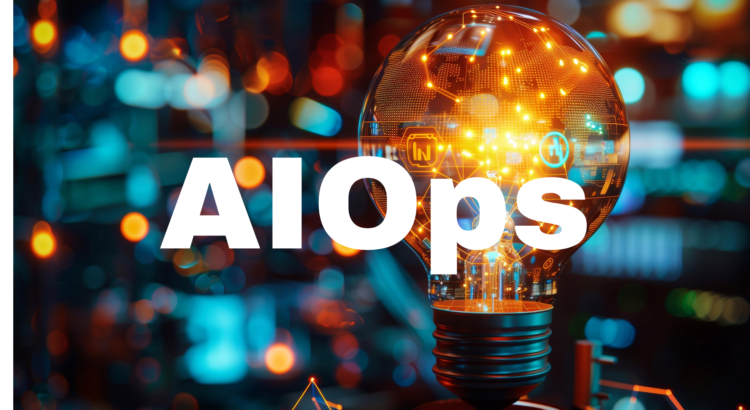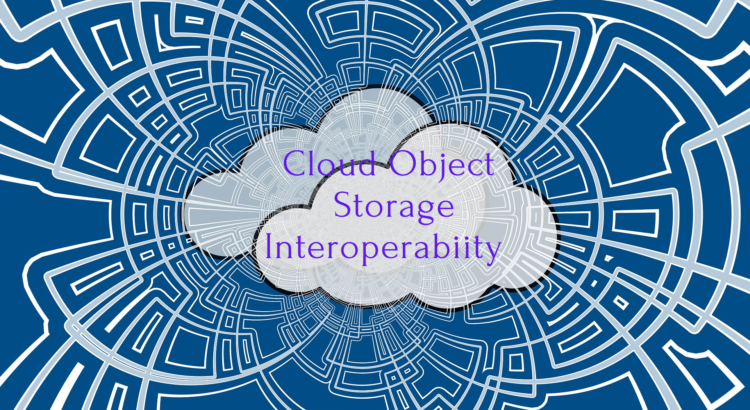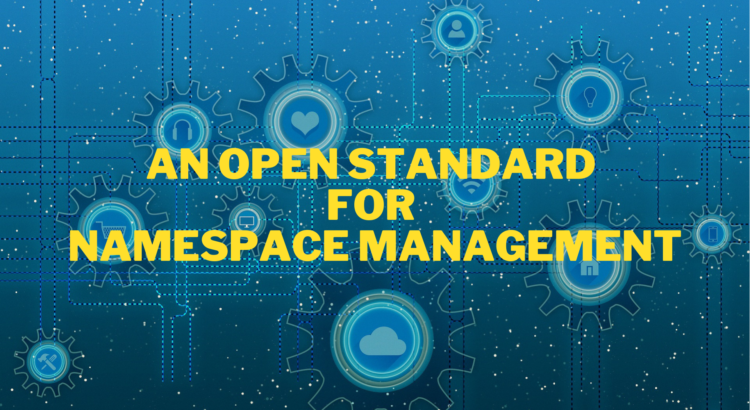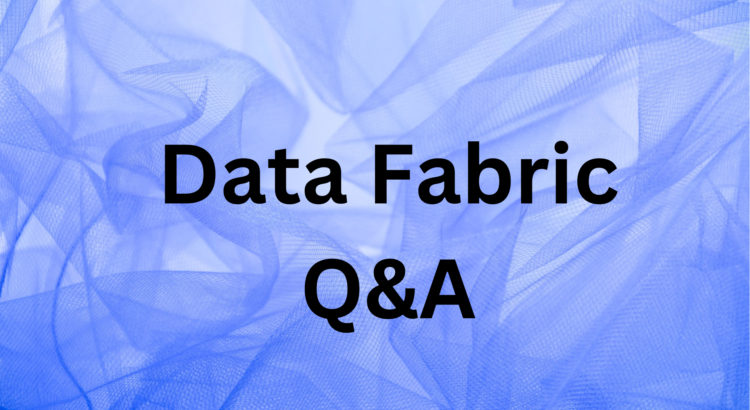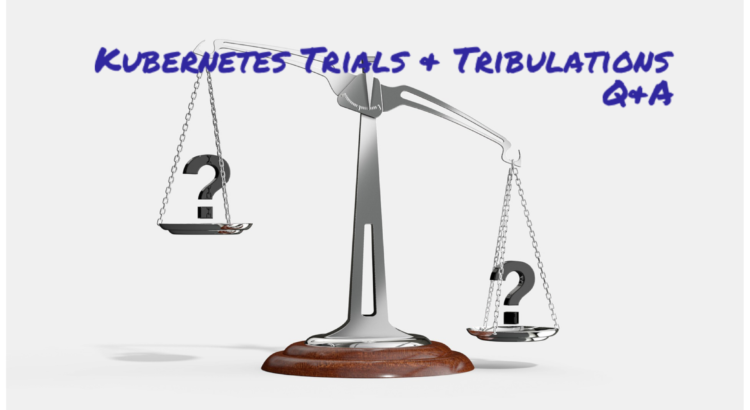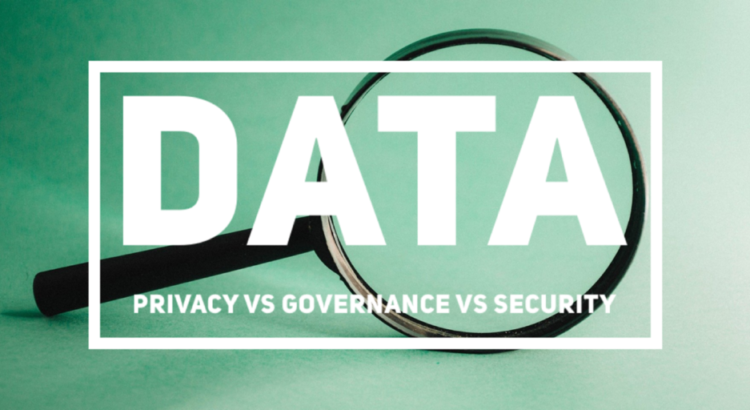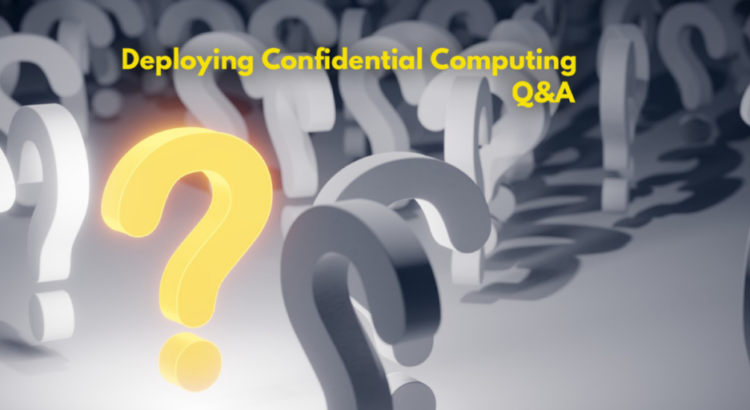A digital twin (DT) is a virtual representation of an object, system or process that spans its lifecycle, is updated from real-time data, and uses simulation, machine learning and reasoning to help decision-making. Digital twins can be used to help answer what-if AI-analytics questions, yield insights on business objectives and make recommendations on how to control or improve outcomes.
It’s a fascinating technology that the SNIA Cloud Storage Technologies Initiative (CSTI) discussed at our live webcast “Journey to the Center of Massive Data: Digital Twins.” If you missed the presentation, you can watch it on-demand and access a PDF of the slides at the SNIA Educational Library. Our audience asked several interesting questions which are answered here in this blog.
Q. Will a digital twin make the physical twin more or less secure?
A. It depends on the implementation. If DTs are developed with security in mind, a DT can help augment the physical twin. Example, if the physical and digital twins are connected via an encrypted tunnel that carries all the control, management, and configuration traffic, then a firmware update of a simple sensor or actuator can include multi-factor authentication of the admin or strong authentication of the control application via features running in the DT, which augments the constrained environment of the physical twin. However, because DTs are usually hosted on systems that are connected to the internet, ill-protected servers could expose a physical twin to a remote intruder. Therefore, security must be designed from the start.
Q. What are some of the challenges of deploying digital twins? Read More
